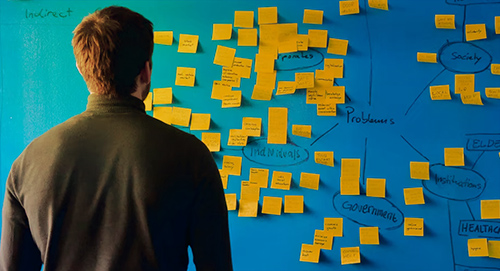Popular searches
Categories
Learn & Achieve
Collaborate & Lead
Deliver Value
Live Well
Make Better Decisions
Industry Knowledge
Sub categories
Learn & grow
Set & reach goals
Grow wealth
Be happy & healthy
Be more productive
Manage projects
Models

 0 saved
0 saved
 23.7K views
23.7K views
(5)
Share this with your network








Share this with your network




Overview
How do you effectively create impact and move fast in a complex world? As you'd expect, there are no magic or simple solutions.
That said, there are some powerful mental models and frameworks that you'll want in your latticework so you can better engage with our complex, ambiguous and unpredictable world.
This Playbook includes the following sections, select a heading to jump to that section.
BEFRIEND AMBIGUITY
Let's begin with embracing complexity, perhaps the easiest to talk about and the hardest to do. Though these models will help you get started
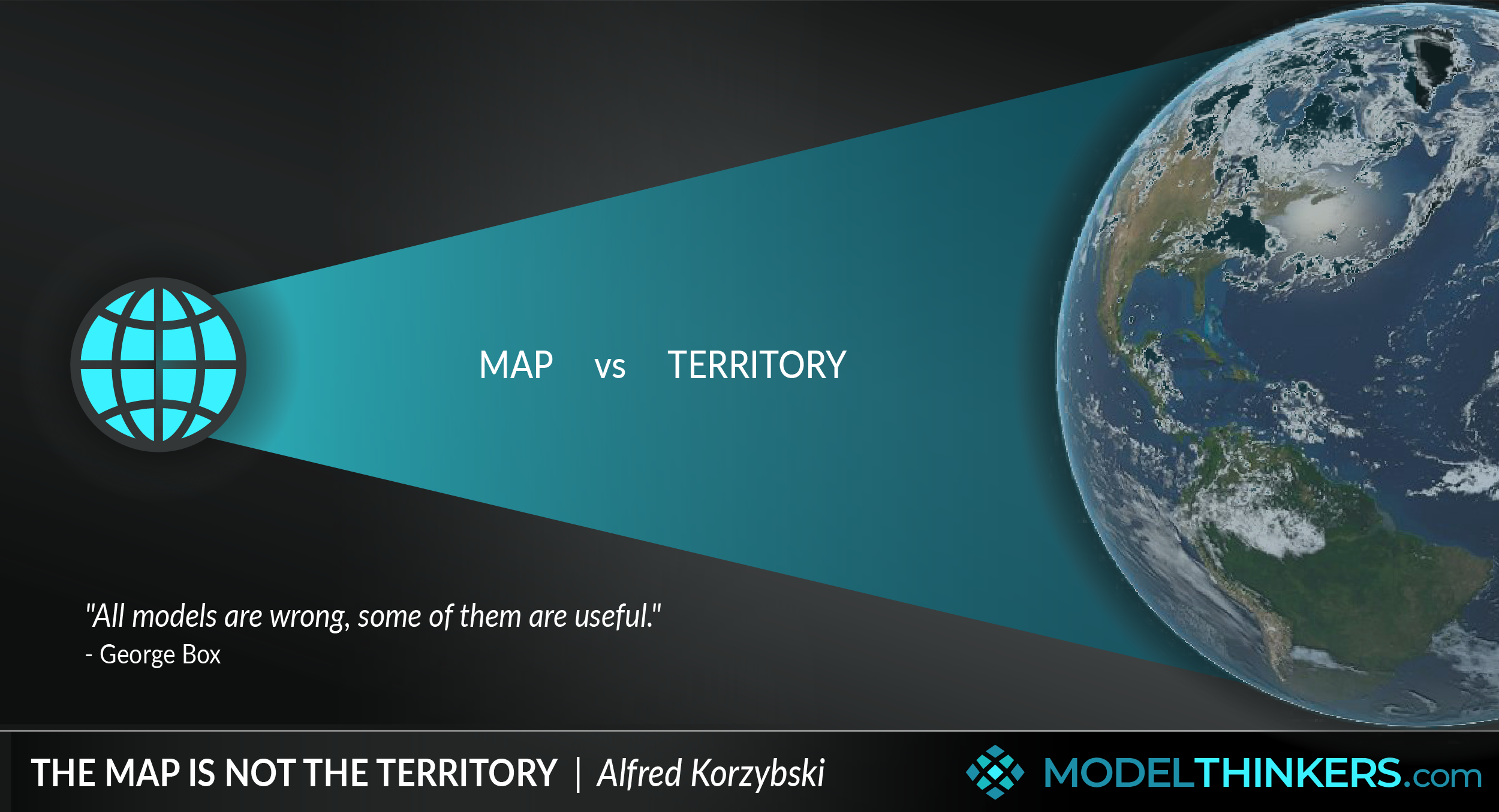
One of the fundamental models behind ModelThinkers and skeptical thought, this model will ensure that you are never 100% sure in any of your beliefs or ideas again. That's actually more useful than you might think, especially when you relax into it as a way of life and thinking — and continue to take action and be optimistic through ambiguity. Which leads nicely to the next model.
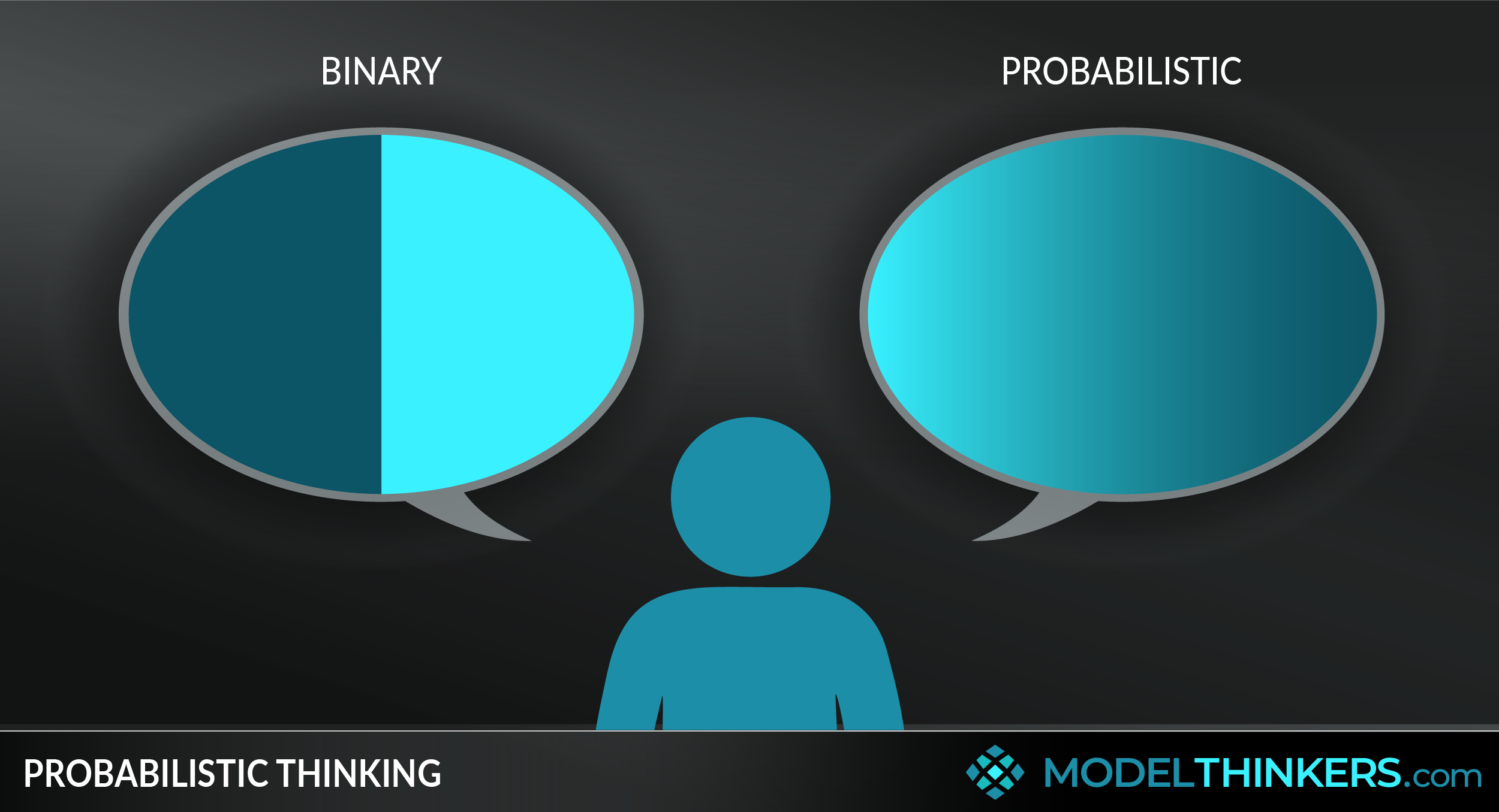
Probabalistic thinking is about embracing, even approximating, uncertainty. It's a way of thinking and a mindset, as much as a model. Unfortunately, it tends to run counter to common expectations and mainstream media coverage.
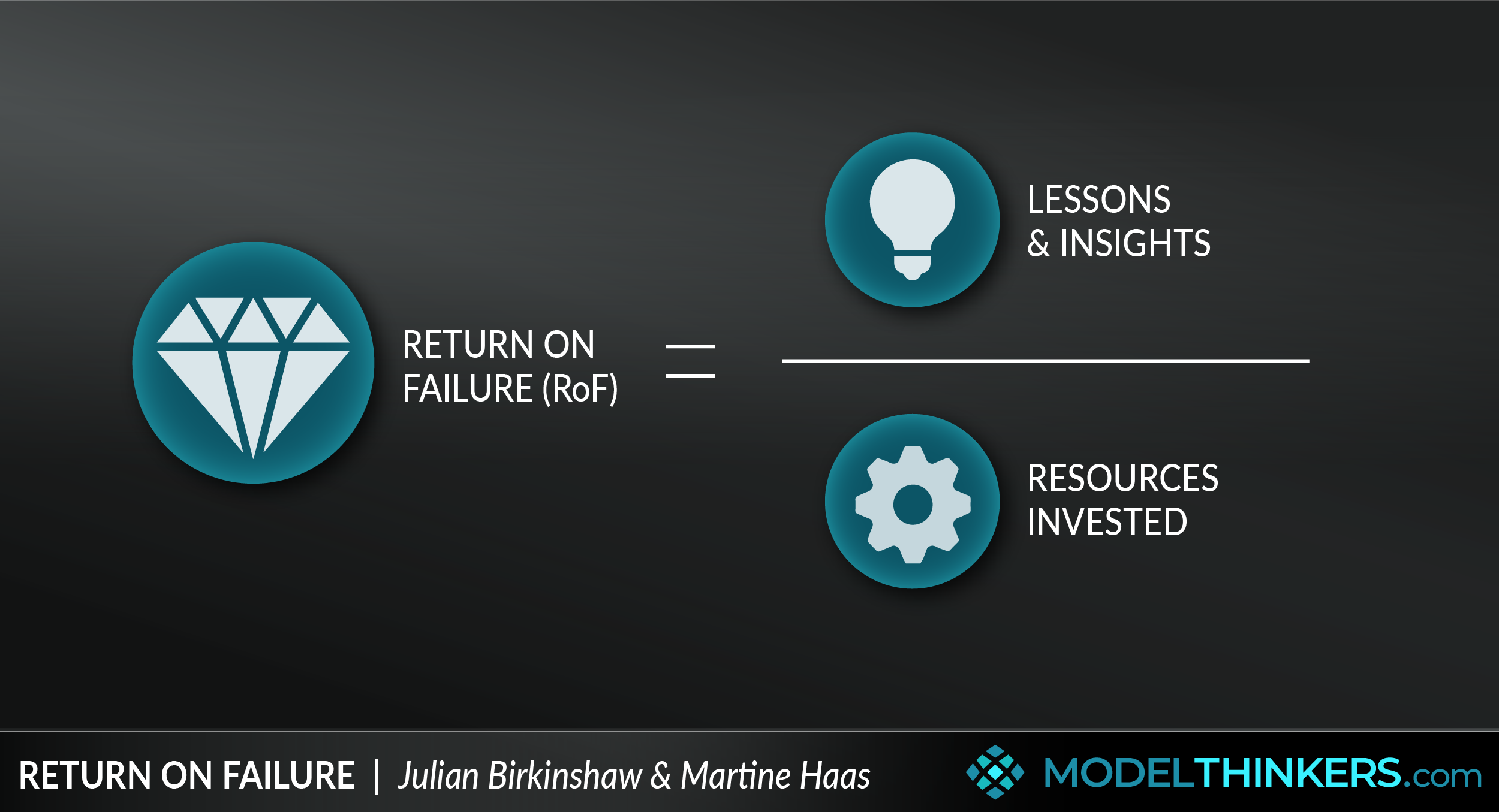
Complexity will demand learning, and this model presents a reminder to draw every drop of learning and insights possible from failure. Because, some failure will be inevitable.
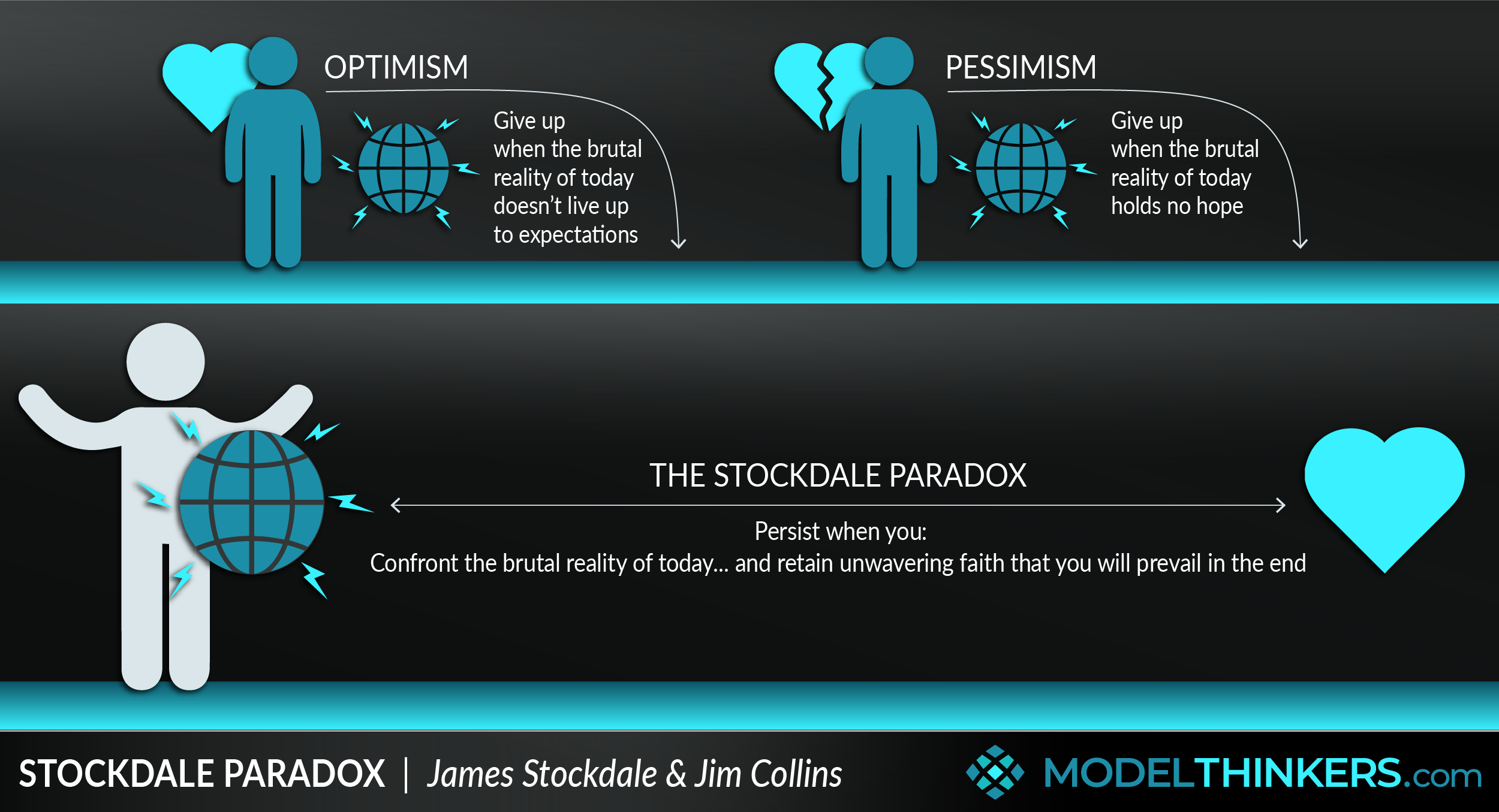
Not into 'optimism through ambiguity?' Maybe explore this alternative from the survivor of one of the most challenging, cruel, and ambiguous situations possible — James Stockdale's survival of a prisoner of war camp.
UNDERSTAND & ACT
Next comes understanding and navigating complexity.
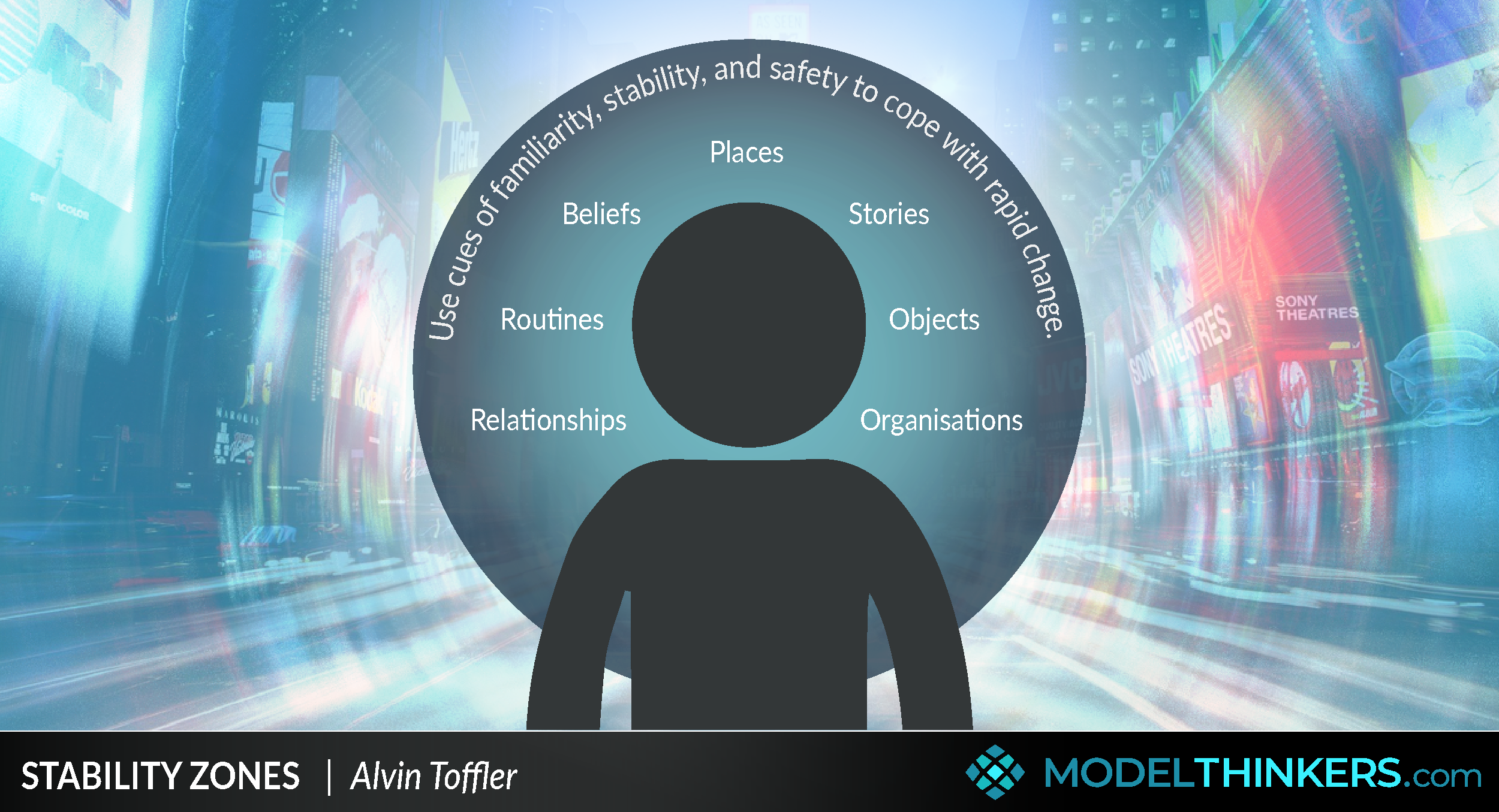
Is this talk of complexity and ambiguity stressing you out? Particularly in contexts related to massive transformation or change, you might want to include this model in your 'complexity toolkit'. Inspired by Alvin Toffler, it guides you to areas of stability as you face into change and information overload elsewhere in your life.
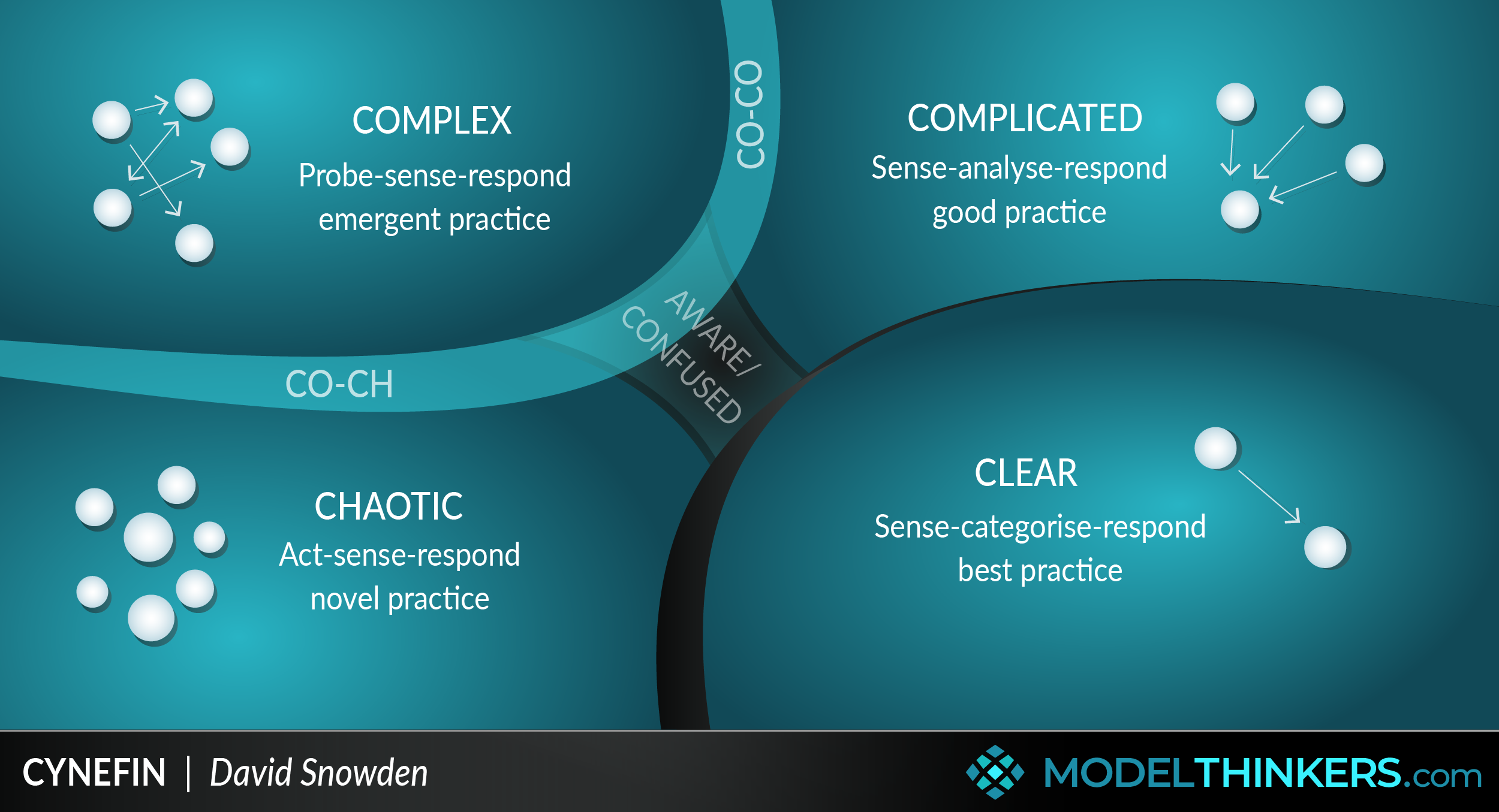
This is a foundational model for anyone working in complexity. At it's simplest level it can be a guide to applying appropriate methods to varying contexts, though its potential runs deeper. View the model's link and go back to Snowden's resources to immerse yourself in this powerful approach — inspired by the Scientific Method and with links to Agile Methodology.
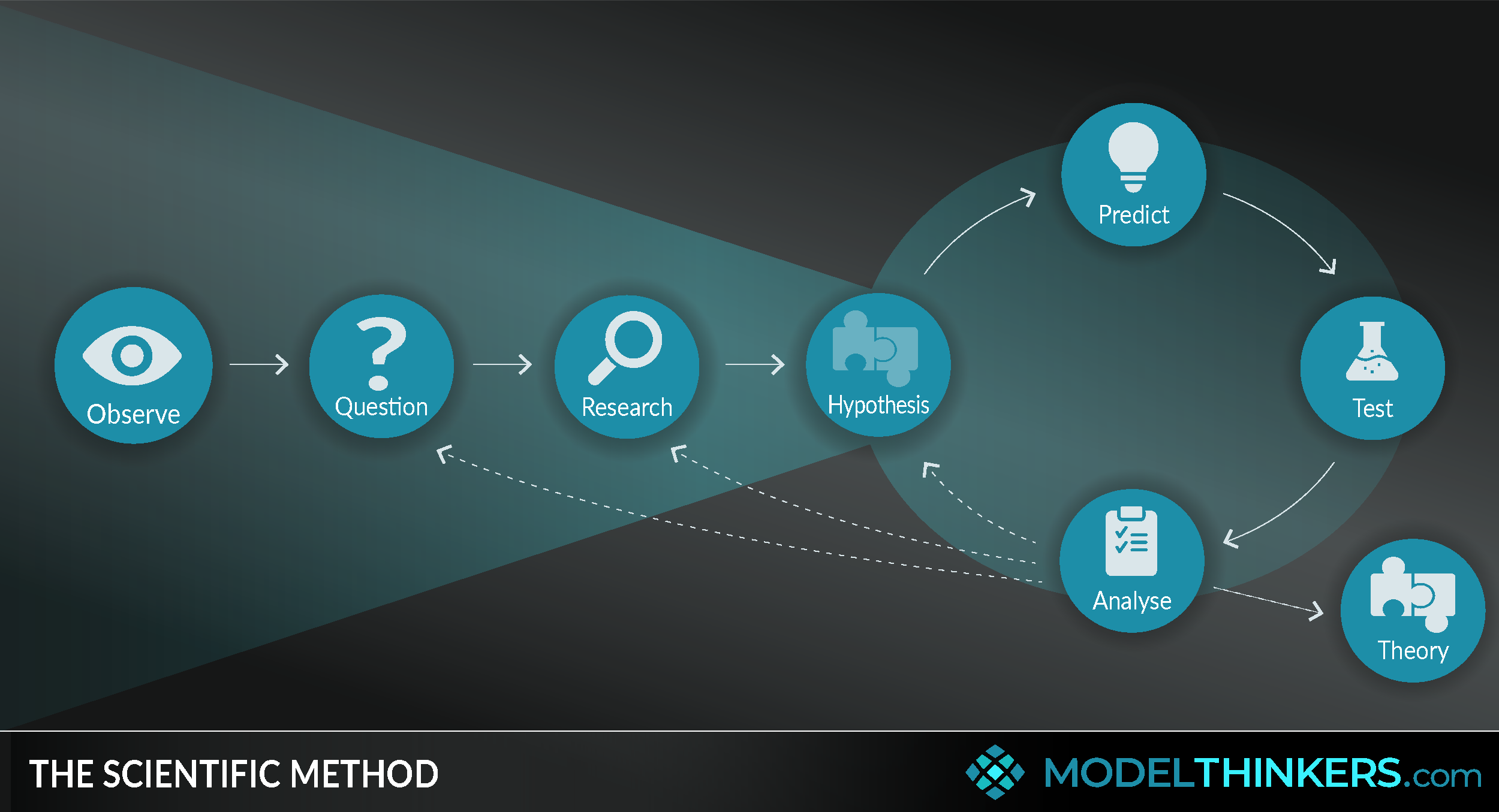
Such a fundamental model — it seems a bit tacky including it in a list when it should be featured by itself. You can probably tell it's one of our favourites. And more needed than ever in the context of complexity.
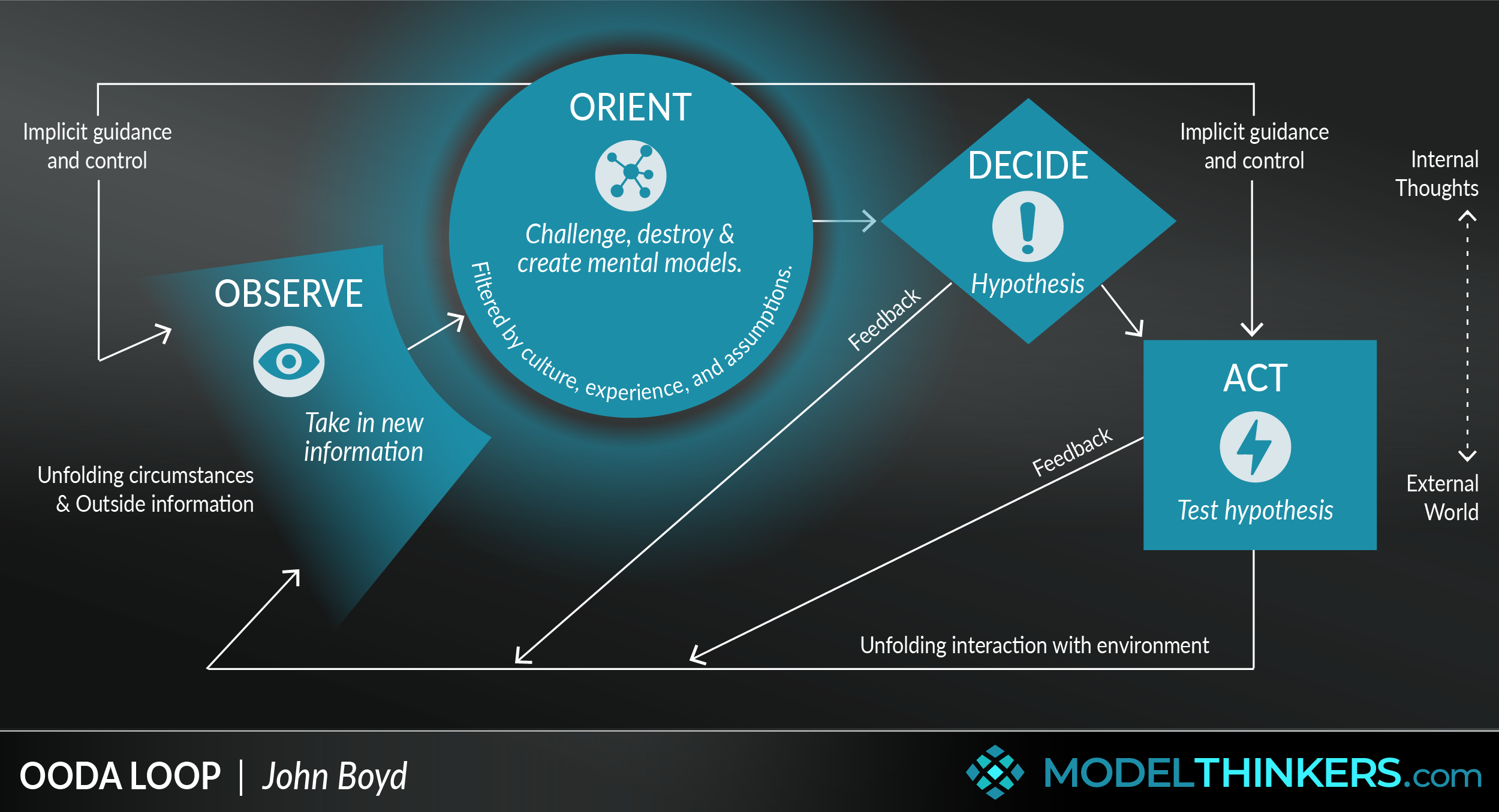
The OODA Loop brings the Scientific Method to life in a practical and iterative decision-making model. It plays well with Cynefin and is a must for anyone working in complexity.
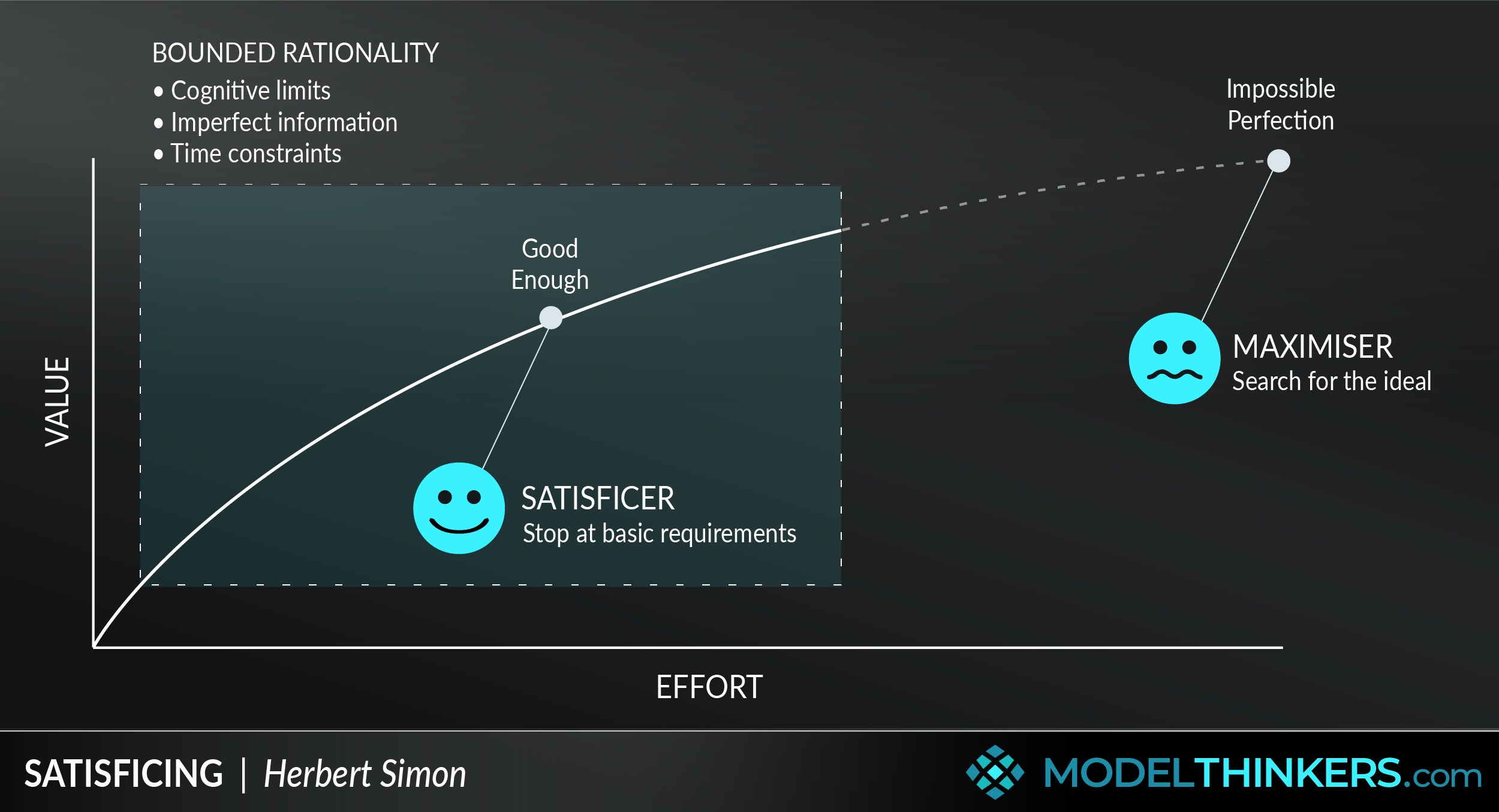
Herbert Simon's work on Bounded Rationality is a reminder to seek 'good enough' options rather than an unrealistic ideal. Satisficing is a reminder that sometimes the best step through complexity, is the next step forward that meets your requirements. So stop trying to define that perfect future state and move forward.
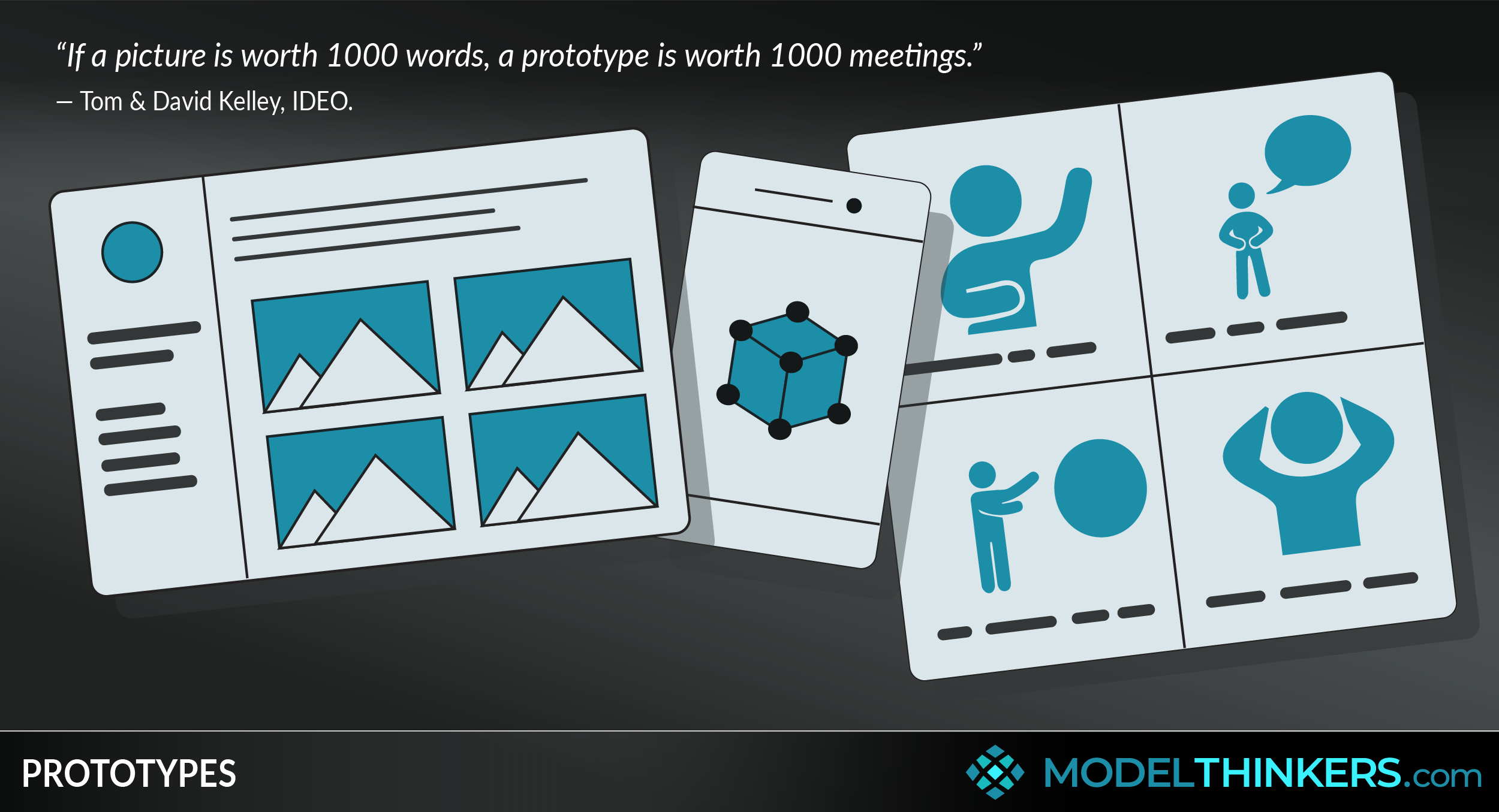
Prototyping can be viewed as part of the Scientific Method and the Cynefin framework, but it's a useful reminder to test things out. Want to extend a bit further? Combine prototypes with Split Testing.
WATCH YOUR BACK
Finally, and overlapping with the previous models, how do you take action with a high degree of confidence? And no, not total confidence - as per our reference to Probabilistic Thinking earlier ;).
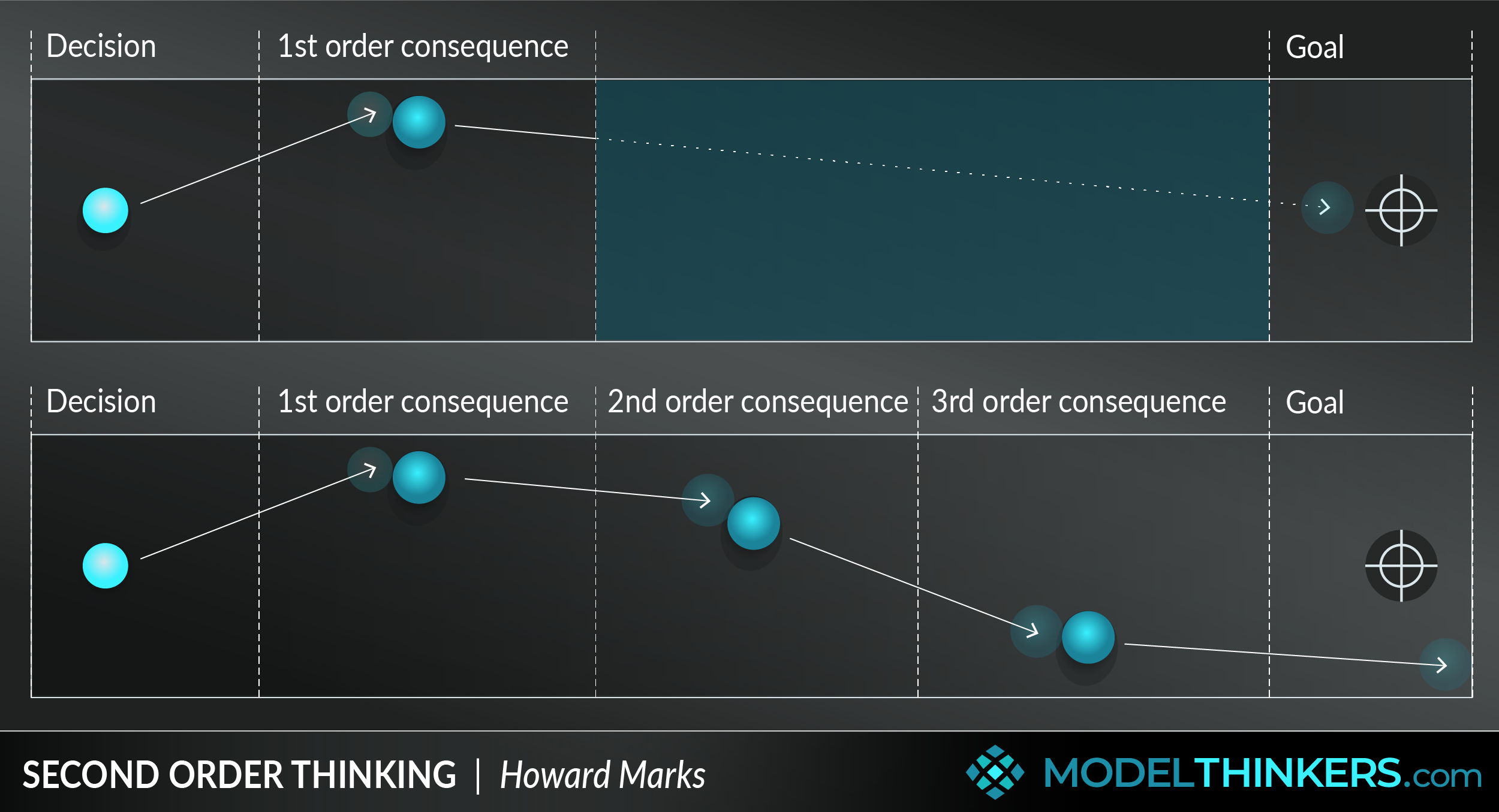

At it's simplest, this model encourages you to ask 'what would happen next?' It's an important reminder and even safeguard through complexity, where a focus on the immediate challenge or decision point can obscure unforeseen implications down the line. The irony? In complexity it's even harder to identify potential second order consequences, let alone beyond that.
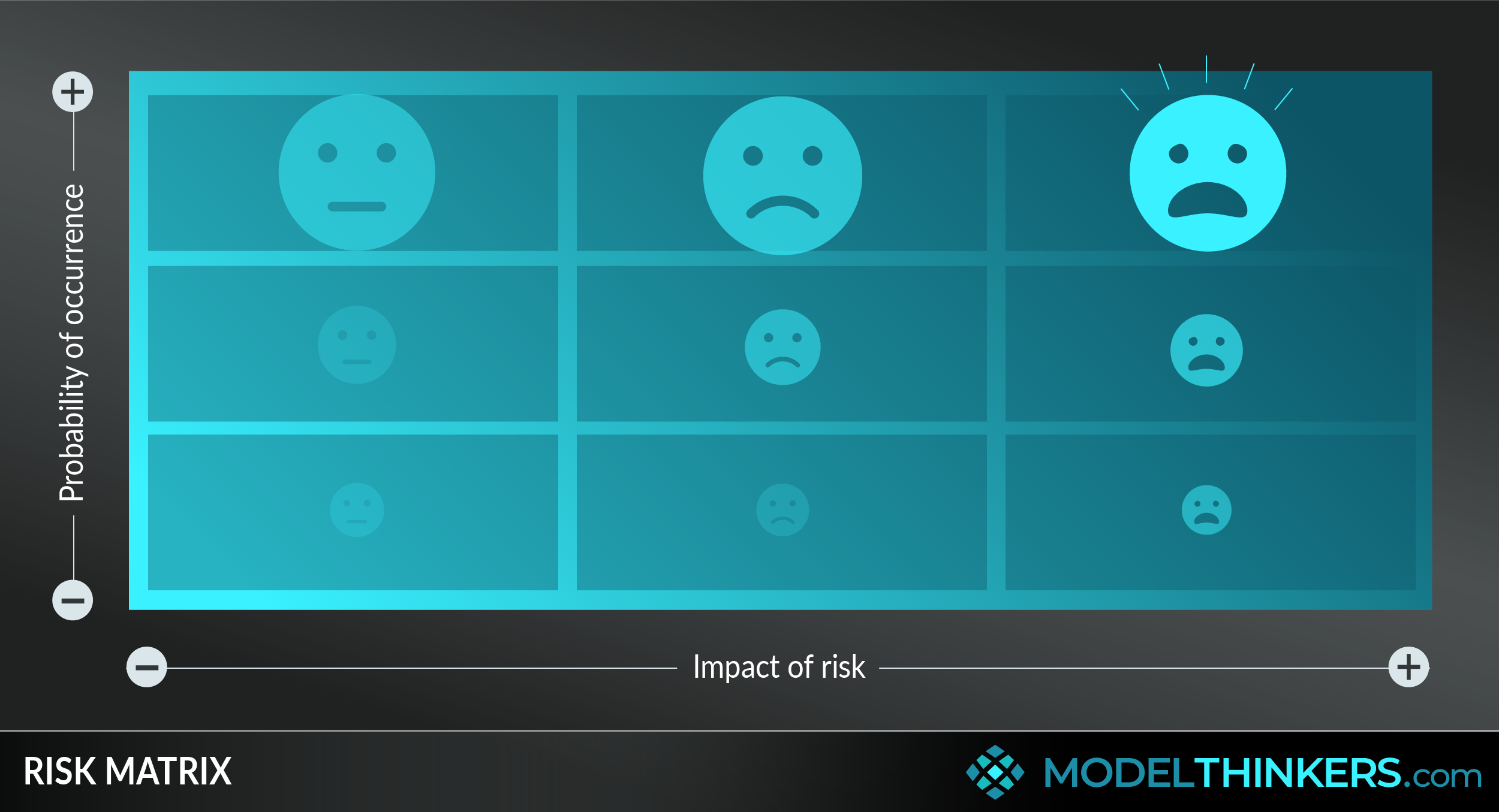

If you're working in complexity, you're going to have to risk being wrong and making mistakes. Rather than let that fact freeze you, just consider possible implications and their likelihood to manage and mitigate risks.
Premium content
Please do login or sign up to see premium contect
Subscription expired!
Please renew your subscription to access this feature.
 My Notes
My Notes
Delete note
Nothing here yet. Join ModelThinkers and login to be the first to comment.
















